Table of Contents
What Is Dill Root?
Dill root is the underground part of the dill plant (Anethum graveolens), often overlooked but packed with unique flavor and potential health benefits. Unlike the feathery leaves commonly used in cooking, dill root has a stronger, earthier taste with subtle sweetness and peppery notes. It grows beneath the soil and is typically sold attached to whole dill bunches at farmers' markets or specialty stores. This guide explains exactly how to identify, prepare, and use dill root in your kitchen for maximum flavor and nutrition.
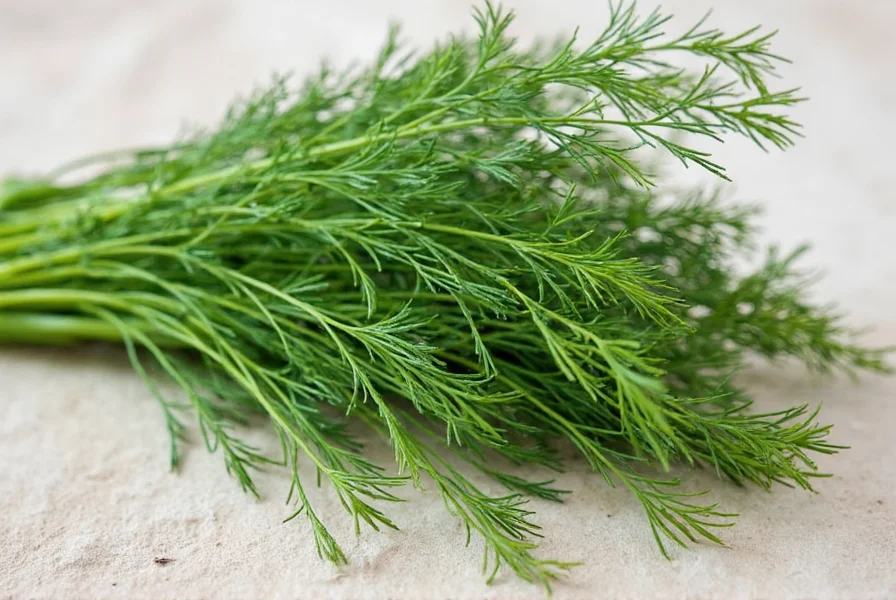
Why Dill Root Matters in Cooking
While dill leaves are popular for garnishing or pickling, the root offers a deeper, more complex flavor profile that enhances dishes in unexpected ways. Its concentrated earthiness makes it ideal for hearty recipes, and it contains higher levels of certain nutrients compared to the leaves. Here’s why dill root deserves a spot in your pantry:
- Flavor depth: Adds a grounding, aromatic element to soups, stews, and sauces that leaves alone can’t match.
- Nutritional value: Rich in vitamins A and C, calcium, and iron, with traditional use for supporting digestion and immune health.
- Uniqueness: Most recipes overlook the root, so using it creates distinctive dishes that stand out.
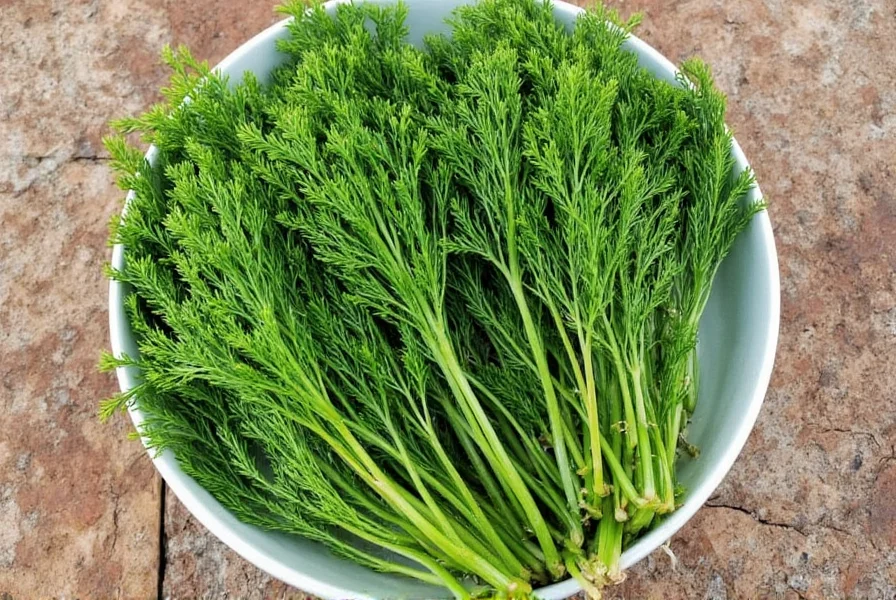
How to Use Dill Root: Step-by-Step Guide
Ready to start cooking with dill root? Follow these practical steps to prepare and incorporate it into your meals:
1. Wash and Clean Thoroughly
Since dill root grows underground, it often carries soil. Rinse it under cold running water and gently scrub with a vegetable brush to remove all dirt. Trim any damaged parts before use.
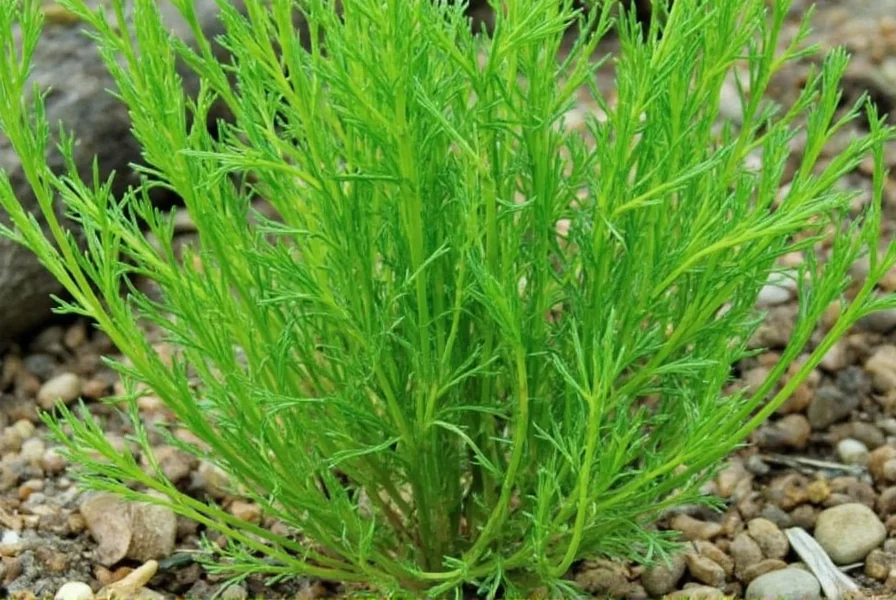
2. Choose Fresh or Dried
Fresh dill root has a more vibrant flavor but a shorter shelf life. Dried versions are convenient for storage but lose some potency. For fresh root, add it late in cooking to preserve its aroma; for dried, use it earlier to release flavors.
3. Best Uses for Soups and Stews
Dill root shines in slow-cooked dishes. Chop it finely and add to broths, borscht, or vegetable stews with potatoes and carrots. Simmer for 20-30 minutes to infuse the earthy notes without overpowering other ingredients.
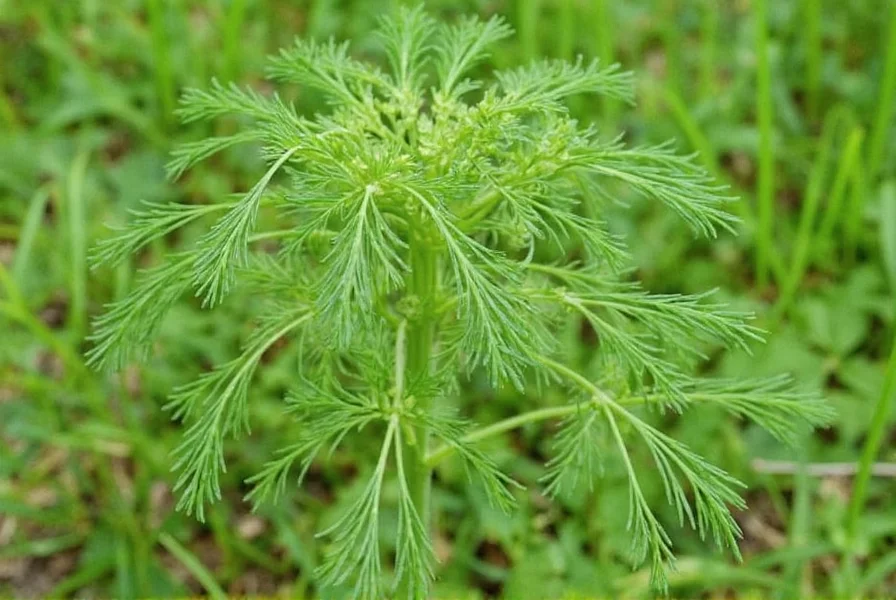
4. Create Flavorful Infusions
Chop dill root and steep it in hot water, wine, or vinegar for 15-20 minutes. Use this infusion as a base for salad dressings, marinades, or even herbal cocktails. It adds complexity without acidity.
5. Pickling with Dill Root
Traditional pickling often uses dill leaves, but the root adds extra depth. Place whole or chopped roots in jars with cucumbers, garlic, and spices. Let them ferment for 1-2 weeks for a unique, tangy twist.
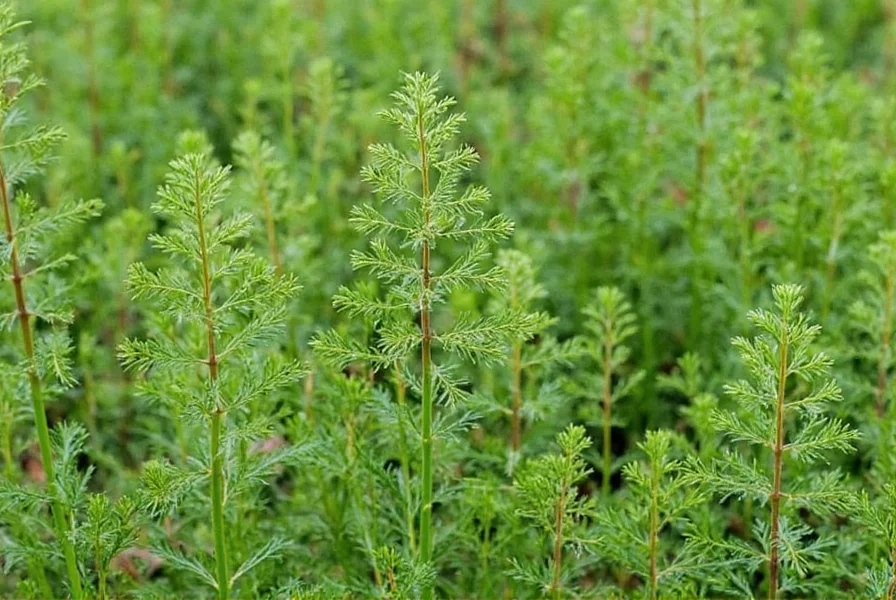
Where to Buy Dill Root and What to Look For
Finding dill root can be tricky since it’s rarely sold separately. Here’s how to source quality dill root:
1. Freshness Check
Look for firm, smooth roots with pale yellow or light brown color. Avoid any that are soft, moldy, or have dark spots. The texture should be slightly rough but not slimy.
2. Organic vs. Conventional
Choose organic dill root when possible, especially for raw uses like infusions. Organic options reduce pesticide exposure and often have cleaner flavor profiles.
3. Local vs. Online Sources
Check farmers' markets for whole dill bunches with roots intact. If unavailable locally, reputable online herb retailers like Mountain Rose Herbs or Amazon Fresh offer fresh or dried dill root with verified reviews.
4. Fresh vs. Dried Comparison
| Feature | Pros | Cons |
|---|---|---|
| Fresh Dill Root | Stronger flavor, more aromatic | Shorter shelf life, requires washing |
| Dried Dill Root | Longer shelf life, easy to store | Less intense flavor, may lose potency over time |
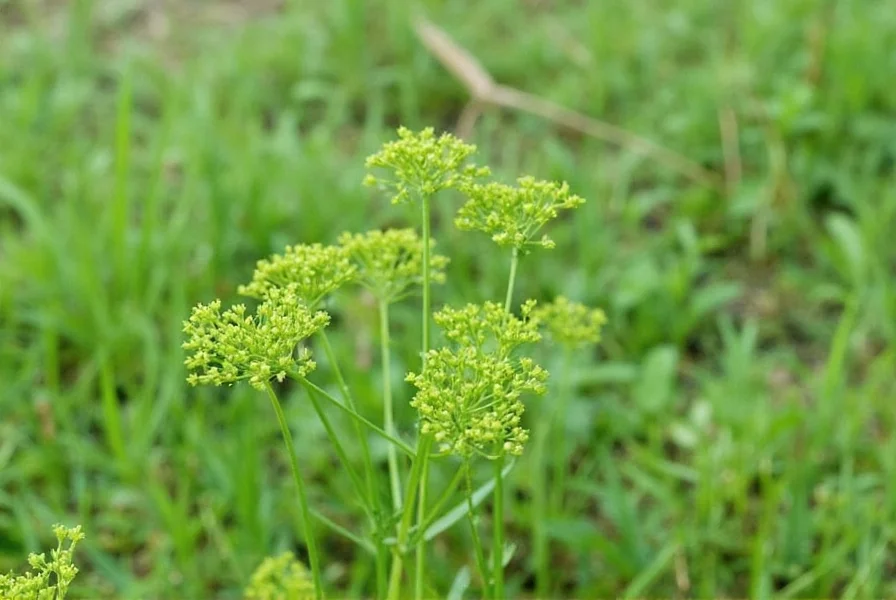
Dill Root Recipes and Cooking Ideas
Transform your meals with these simple, flavorful dill root applications:
1. Hearty Dill Root Soup
Sauté onions and garlic in olive oil, then add chopped dill root, diced potatoes, carrots, and vegetable broth. Simmer for 25 minutes until tender. Finish with a splash of cream and fresh herbs. Perfect for cold days.
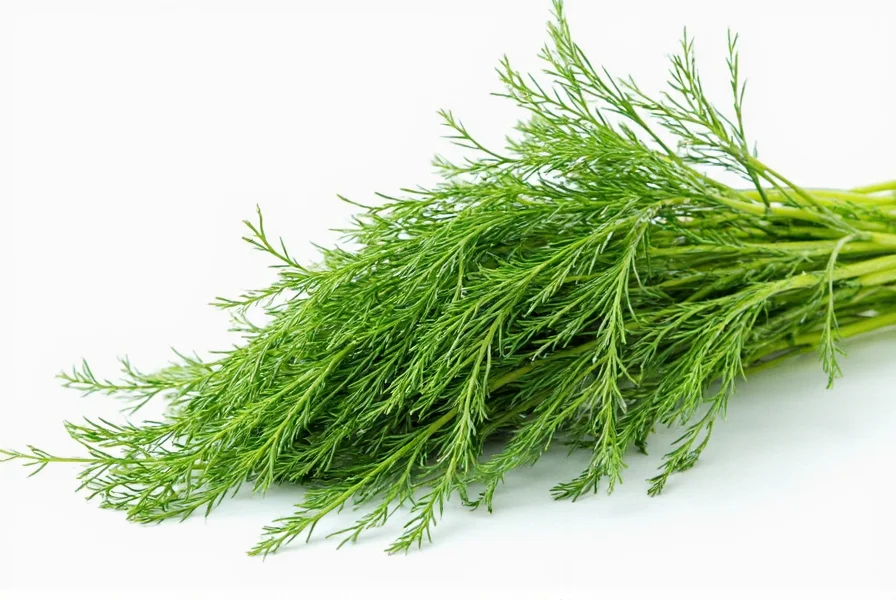
2. Dill Root Infused Oil
Place 2 tablespoons of chopped dill root in a jar with 1 cup of olive oil. Seal and let sit for 2 weeks in a cool, dark place. Strain and use to drizzle over roasted vegetables, grilled fish, or bread. Stores for 3 months.
3. Soothing Dill Root Tea
Steep 1 tablespoon of chopped dill root in 1 cup of hot water for 5-10 minutes. Add honey or lemon for sweetness. This caffeine-free tea aids digestion and is ideal before bedtime.
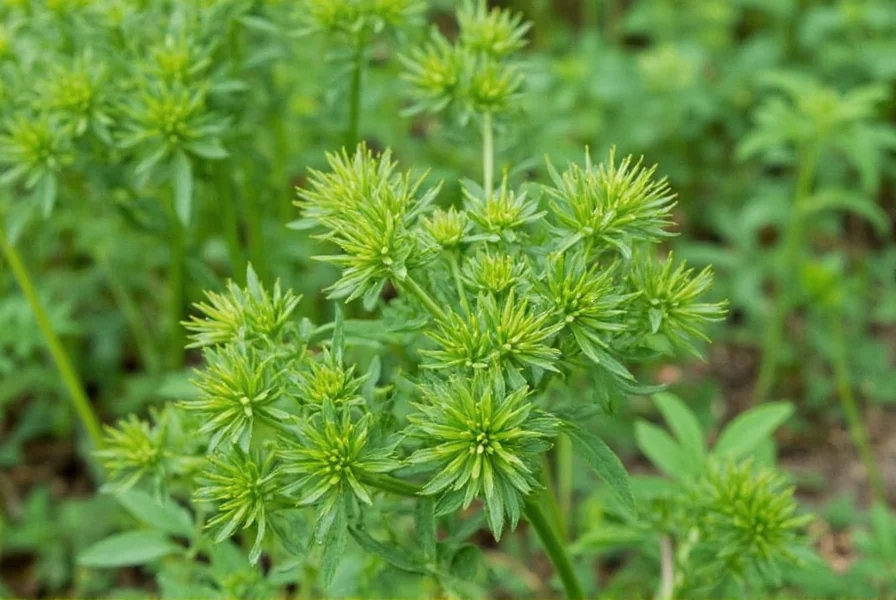
4. Creamy Dill Root Salad Dressing
Blend 2 tablespoons grated dill root with 3 tablespoons olive oil, 1 tablespoon apple cider vinegar, 1 teaspoon Dijon mustard, and 1 teaspoon honey. Toss with mixed greens or use as a dip for crudités.
Frequently Asked Questions About Dill Root
What is dill root and how is it different from regular dill?
Dill root is the underground part of the dill plant (Anethum graveolens). While dill leaves are feathery and mild, the root has a stronger, earthier flavor with subtle sweetness and peppery notes. It’s often overlooked but contains more concentrated nutrients and is ideal for slow-cooked dishes.
Where can I find dill root in stores?
Dill root is rarely sold separately. Your best options are farmers' markets (where vendors sell whole dill plants with roots attached), specialty herb shops, or trusted online retailers like Mountain Rose Herbs. When buying dill bunches, check for intact roots and avoid wilted stems.
How should I store dill root to keep it fresh?
Wrap fresh dill root in a damp paper towel and place it in a perforated plastic bag in the refrigerator’s crisper drawer. It stays fresh for 1-2 weeks. For longer storage, dry it by slicing thinly and dehydrating, or freeze it in ice cube trays with water or oil for up to 6 months.
What are the main health benefits of dill root?
Dill root contains vitamins A and C, calcium, and iron. Traditionally, it’s used to support digestion, reduce bloating, and boost immune function. It also provides antioxidants and may have anti-inflammatory properties. Note: These benefits are based on traditional use, not medical claims.
Can I substitute dill root if I can’t find it?
For recipes requiring dill root’s earthy depth, try a mix of celery root and parsley root (1:1 ratio) with a pinch of dill seeds. However, it won’t be identical. In soups or stews, extra dill seeds or fennel root can work as alternatives, but adjust quantities since flavors differ.
How much dill root should I use compared to dill leaves?
Dill root has a stronger flavor than leaves, so use 1/3 to 1/2 the amount. For example, if a recipe calls for 3 tablespoons of fresh dill leaves, start with 1-1.5 tablespoons of finely chopped dill root. Always taste as you cook to adjust.
Conclusion
Dill root is far more than a forgotten part of the plant—it’s a flavor powerhouse that elevates everyday meals with minimal effort. From soups and teas to pickles and dressings, its earthy depth transforms simple ingredients into memorable dishes. By following this guide, you’ll confidently source, prepare, and cook with dill root to unlock its full potential. Start small: add a bit to your next soup or infusion and experience the difference.












 浙公网安备
33010002000092号
浙公网安备
33010002000092号 浙B2-20120091-4
浙B2-20120091-4